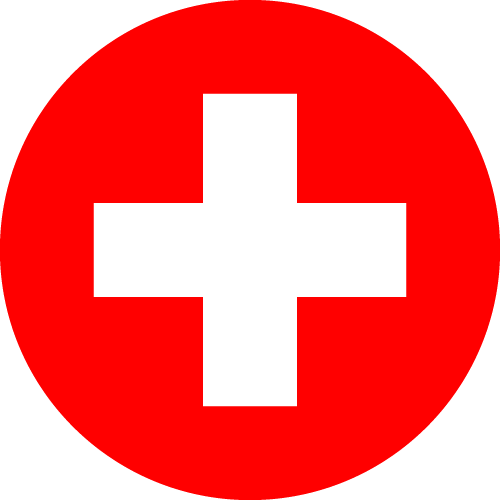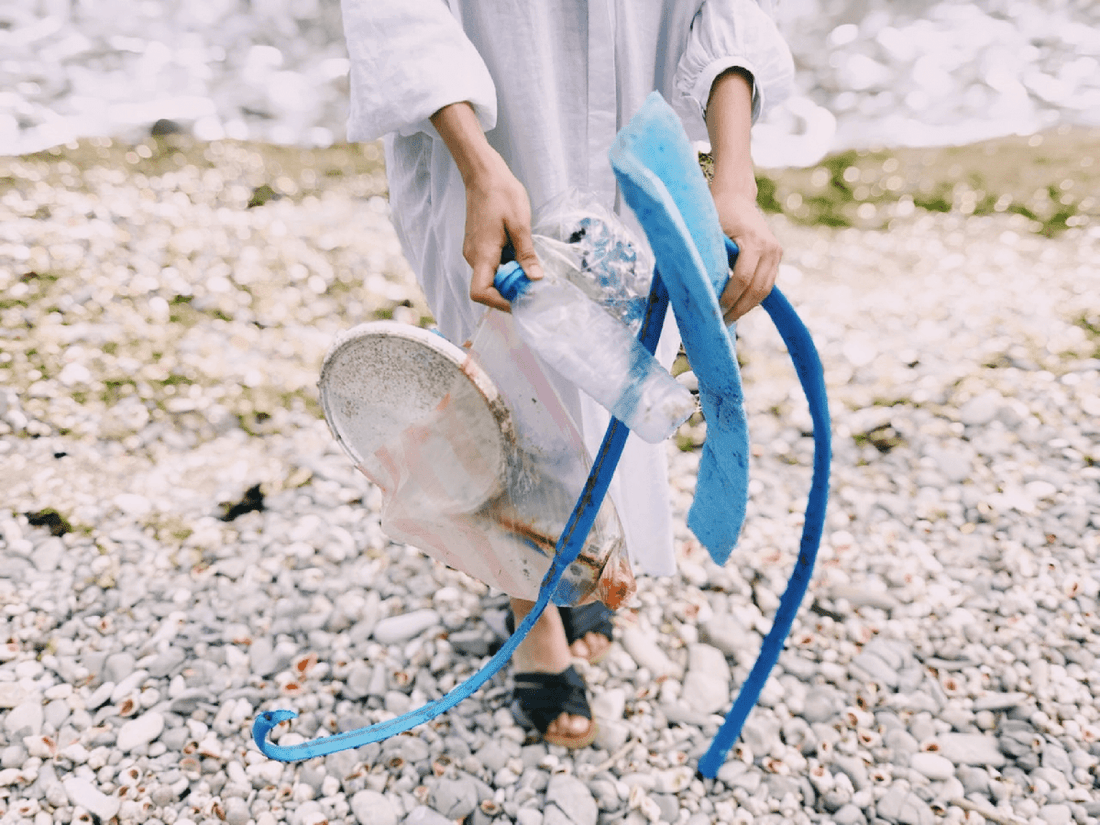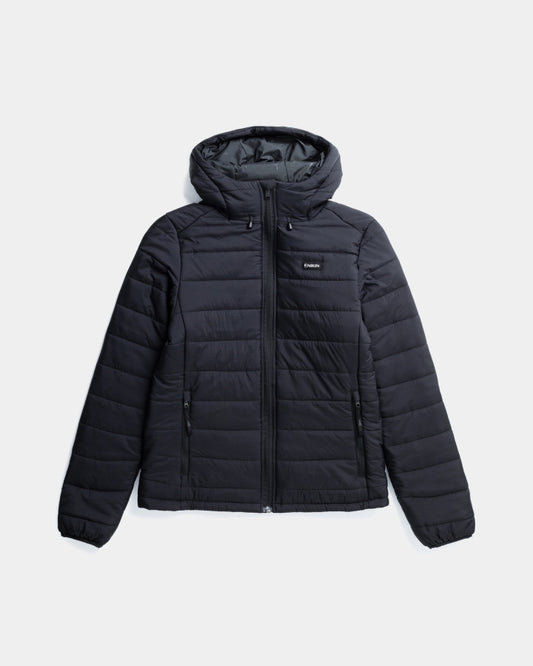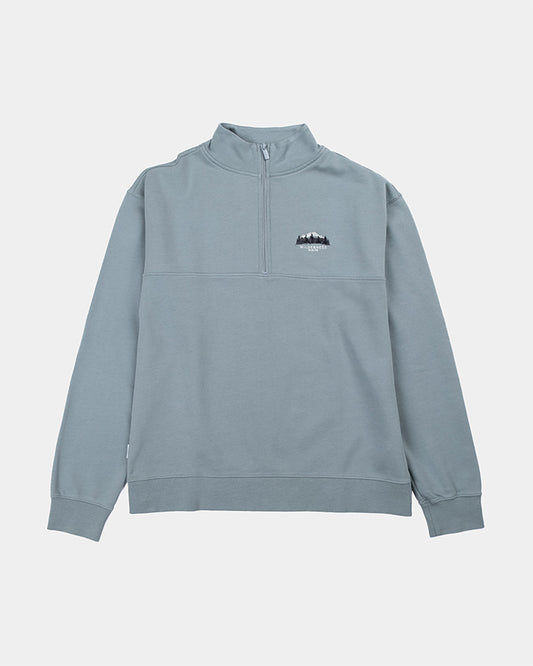The amount of plastic waste in the world's oceans is extreme and must cause us great concern. Careless disposal leads to fatal environmental damage, the consequences of which are ultimately passed on to us via the suffering marine life. It is high time to do something about it!
The oceans of our planet take up most of its surface - and are of great importance. They provide habitats for countless animals and plants and are also a source of food and recreation for us humans, who are practically only "guests" on the seas. But not only that, the world's oceans are an essential climate subsystem of the planet, which is in constant balance with the atmosphere and plays a significant role in temperature equalisation.
So there are many good reasons to value and protect the oceans. But instead they are being littered. Unfortunately, this is not primarily due to sewage or toxic waste - although these are also serious factors - but to plastic. Plastic, plastic, without end, in the truest sense of the word. Because the stuff our everyday dreams are made of is practically indestructible.

Every minute a lorryload of plastic ends up in the sea!
It seems hard to imagine, but it's true - every minute, the contents of a rubbish truck somewhere go into the sea. In the meantime, there are already 86 million tonnes of plastic floating in the oceans. In the Pacific, for example, "plastic islands" have already been created, the largest of which exceeds Europe in surface area! These include larger pieces that sink to the seabed, but also floating pieces of plastic in which marine creatures get caught and die in agony, or possibly eat them and die from them as well. Microplastics are no less dangerous. Tiny particles that result from the decomposition of plastic waste, but which are also deliberately added to other substances - we find microplastics in detergents, skin creams, scrubs, shower gels and shampoos, so that they first end up in wastewater and eventually eventually in groundwater, rivers and oceans. And from there they enter the food chain - in other words: onto our plates.
[ product-handles list="treebottle-barrel, treebottle-glass-nikin-swim, treebottle-customized-small, treebottle-glass-allover-pines"]
Where does the rubbish come from?
Most of the waste in the world's oceans is not dumped overboard somewhere. It is not that simple. Instead, even plastic products that are carted off to a landfill end up in the sea at some point. Gone with the wind...because plastic can break down into small pieces, but it is virtually indestructible. Other plastic particles are created by our consumer habits. The popular cosy fleece clothing, for example, creates hundreds of plastic fibres every time it is washed, which end up in waste water and then eventually in rivers and oceans. The bottom line is that everyone who uses plastic is contributing to ocean pollution.
The consequences of pollution
The microplastic particles in the oceans have long been absorbed by all living creatures with their food. And so they also end up on our plates at some point. Microplastics have not only been detected in numerous marine creatures, but recently also in human stool samples. So the problem that starts in our households is coming back to us.
Although the plasticisers considered toxic, which were so often used in plastic production in the past, have now been banned within the EU, they still enter circulation through imports from third countries, remain in use - and end up in the sea. The long-term consequences are not yet foreseeable.

What can be done - what is being done?
The plastic waste already floating in the oceans is unfortunately in international waters. Thus, no country feels called to take measures here, although there are strategies worldwide to at least monitor coastal waters and their use.
Projects such as the technology of the Dutch inventor Boyan Slat, who has dedicated himself to cleaning the oceans, give hope. "The Ocean Cleanup Project" aims to collect plastic waste and recycle it. Integration into the filter systems of ships is also already being considered.
The main source of plastic waste, however, is each individual consumer. And there is really a lot that can be done here. Most plastic products in our everyday lives are neither essential nor pretty and can be replaced by sensible alternatives.
Tips for everyday life without plastic
- Shopping with the net or a cloth bag
- Use containers made of tin, glass and ceramic instead of plastic film
- Buy fresh produce at the market instead of packaged industrial food
- Do not use disposable products such as plastic plates or spoons.
- Avoid plastic toys for children
- Drinks best from glass bottles
- Drink tap water instead of water from plastic bottles - it is often of better quality anyway

Support meaningful initiatives!
Those who live near a coast can spend time helping with a beach cleanup. Since not all of us live within sight of the oceans, there is also the possibility to support projects such as "Oceans without Plastic" through donations. Equally effective is the Take3 initiative - this is about taking three pieces of litter with you every time you go to the beach. If everyone does it, it has an enormous impact!
The best thing is and remains - avoid plastic. If you think about your everyday consumption, you not only contribute to keeping our blue planet clean, but also give yourself a better quality of life!





















1 comment
The take3 approach could certainly be applied to the many lakes in this country. Top idea!